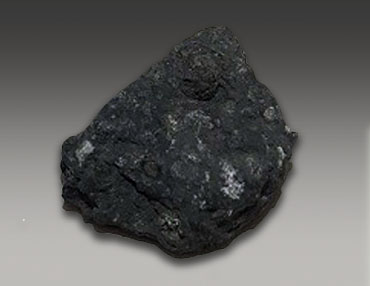
Allende Meteorite
Chihuaua, Mexico
February 9, 1969.
What is the oldest matter on Earth? The answer to this question is not in the rocks of this planet. It’s in the make-up of a recent arrival from deep space.
On the morning of February 9, 1969, a multi-ton meteorite the size of a small car entered Earth’s atmosphere and exploded. It scattered fragments across Chihuahua, Mexico, with the main mass landing around the town of Allende. It was the largest of its kind to land on Earth.
1969 was also the year that the United States was preparing the first moon landing. Even early in the year, NASA and NORAD were focused to the skies. Laboratories all over the world were getting ready to study moon rocks the astronauts were bringing back. This perfectly-timed fall gave scientists a chance to test their equipment and study a large rock from space.

The Allende meteorite was a rare type called a Carbonaceous Chondrite. Carbonaceous means there is carbon in some form within the rock. Chondrite means the stone wasn’t changed in space due to melting or elemental separation. Only about 4.6% of all meteorite falls are of this type. These are considered the oldest of meteorites.
The composition of the Allende has a fascinating story to tell. Based on extensive research, the stone is rich in calcium, aluminum and titanium. It also contains trace elements of barium and neodymium. These indicate that the rock was formed from the effects of a supernova – an exploding star. Scientists have determined that it happened around 2 million years before our own sun and solar system were formed, over 4.56 billion years ago.
What is the oldest matter on Earth? Carbonaceous Chondrites like the Allende meteorite are!
This specimen was acquired for the museum from New England Meteoritical Services of Mendon, Massachusetts.